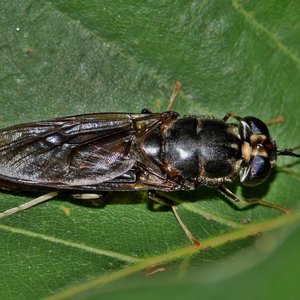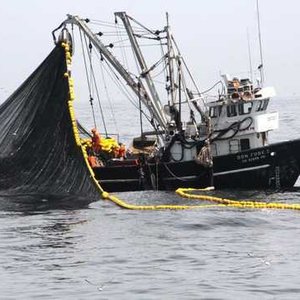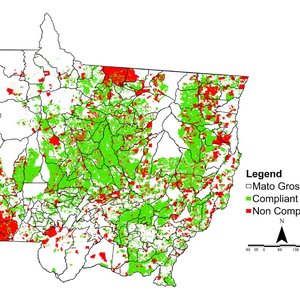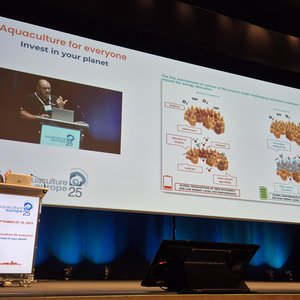Aimed to determine the effects of the supplementation of krill phospholipids and soybean lecithin microdiets on gilthead seabream larvae, researchers from King Abdullah University of Science and Technology, Stirling University, and Universidad de Las Palmas de Gran Canaria carried out a one-month nutritional trial with five test diets containing increasing phospholipid contents (7-10%) of krill phospholipids by Aker BioMarine, or soybean lecithin.
The research found that 7% supplementation of dietary krill oil phospholipids improves survival and growth in gilthead seabream larvae compared to soybean lecithin supplementation and control diets.
The results also showed that the krill inclusion increased the larvae’s omega-3 fatty acid composition compared to the larvae fed the soybean lecithin which exhibited a higher presence of large vacuoles of lipid droplets in the liver and intestine, indicating poor utilization of the dietary lipids.
Furthermore, the inclusion of just 7% krill oil phospholipids resulted in a significant decrease in intestinal and hepatic steatosis, leading to a better larval performance in terms of survival and length.
“The high survival rates and greater growth in the larvae fed 7% krill oil phospholipids shows that inclusion of krill in the feed ensures more of the important fatty acids are being absorbed and utilized by the fish. This is in line with previous research that shows that the phospholipid source is important, and krill oil phospholipids are consistently more effective in terms of health, growth, and overall survival in fish,” said Reda Saleh Azam, senior scientist at King Abdullah University of Science and Technology (KAUST).
“The researchers found that by including just 7% krill oil phospholipids in the seabream diet, the larvae exhibited enhanced growth and survival, along with significantly fewer lipid deposits in the intestine and liver, as compared to fish consuming the soybean lecithin diet,” said Andras Ziener, VP business development, Animal Health & Nutrition, Aker BioMarine.
Reference:













